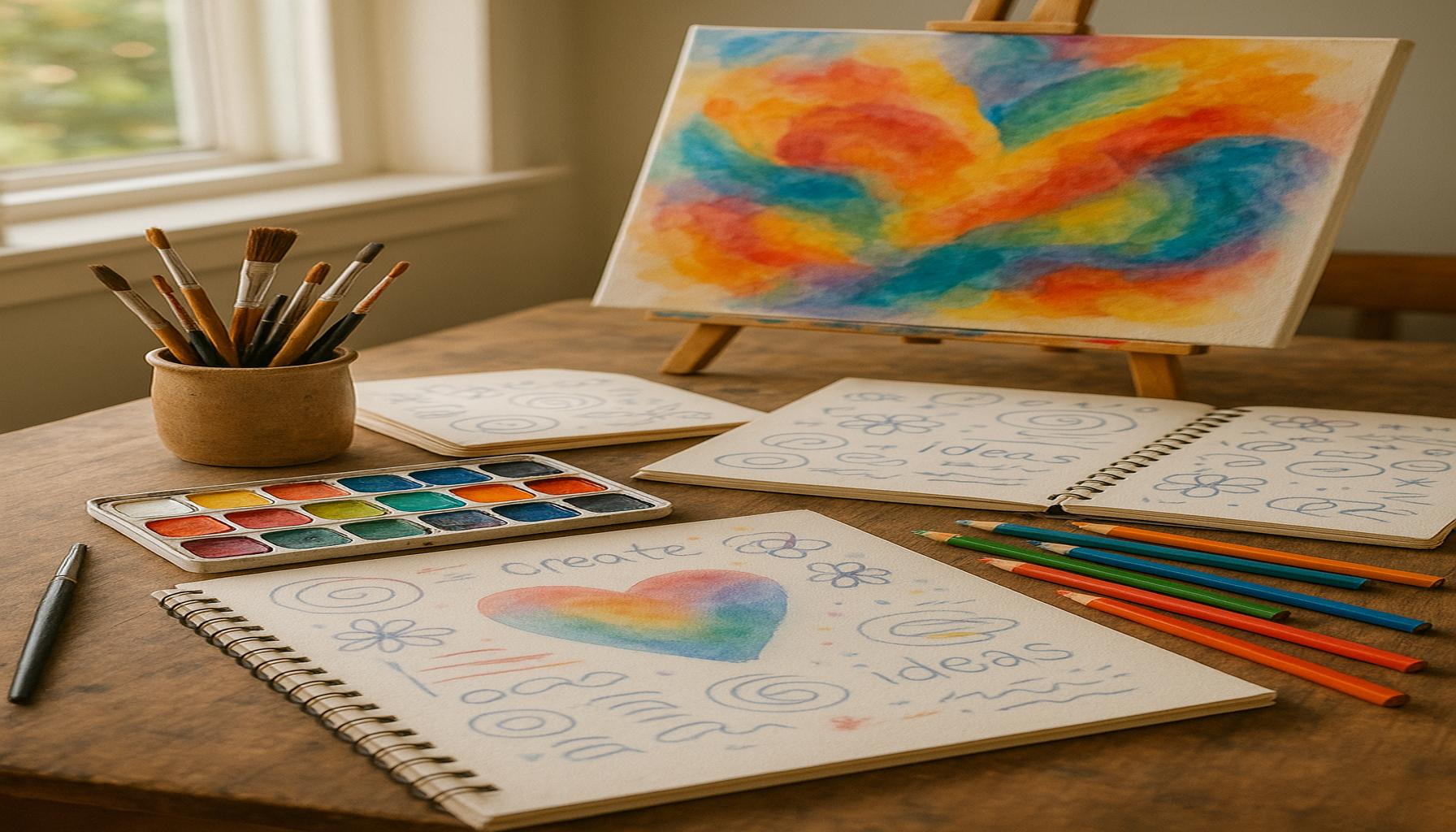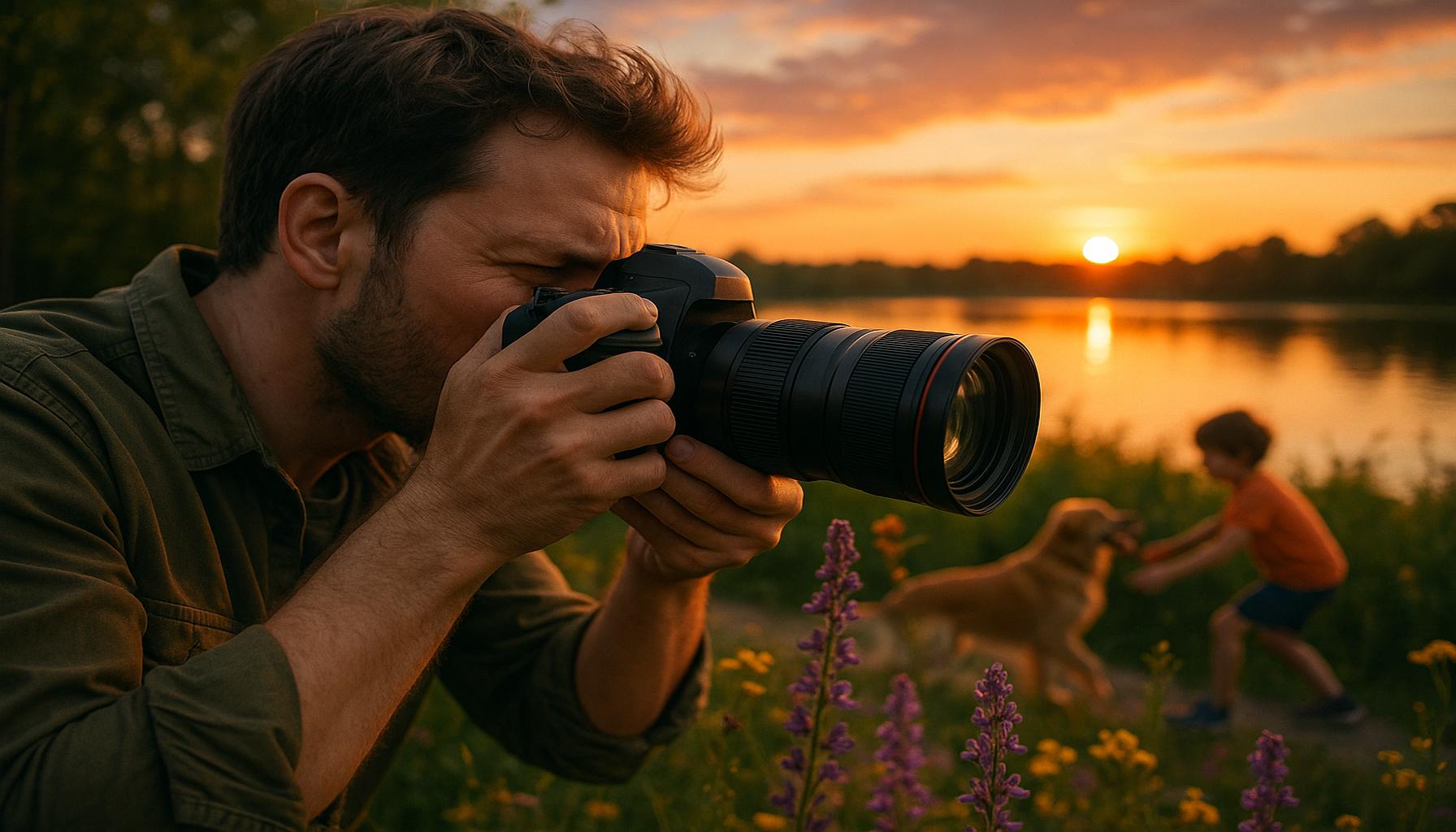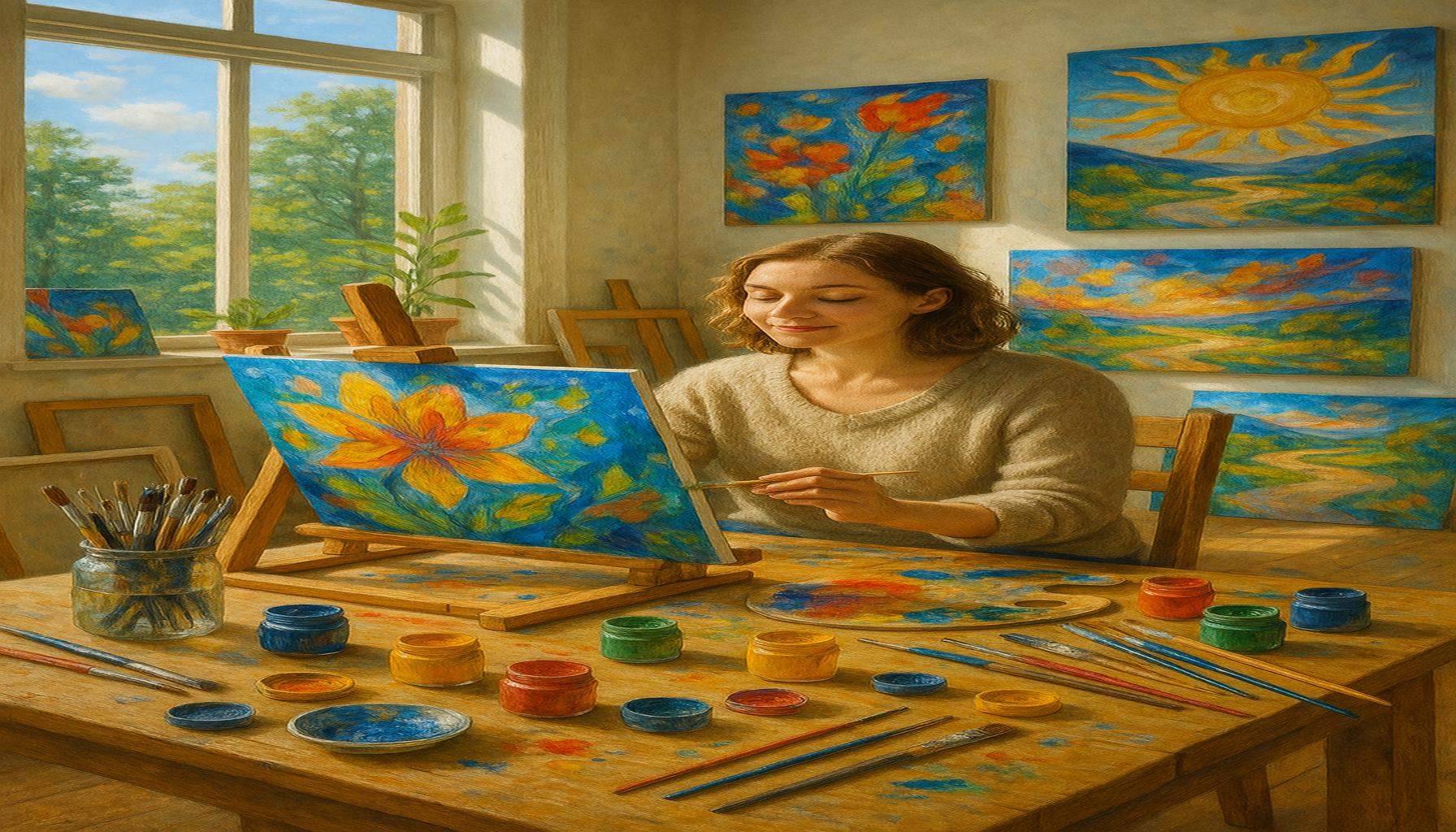Home Painting Evolution Create Accessible Inspiring Art at Home
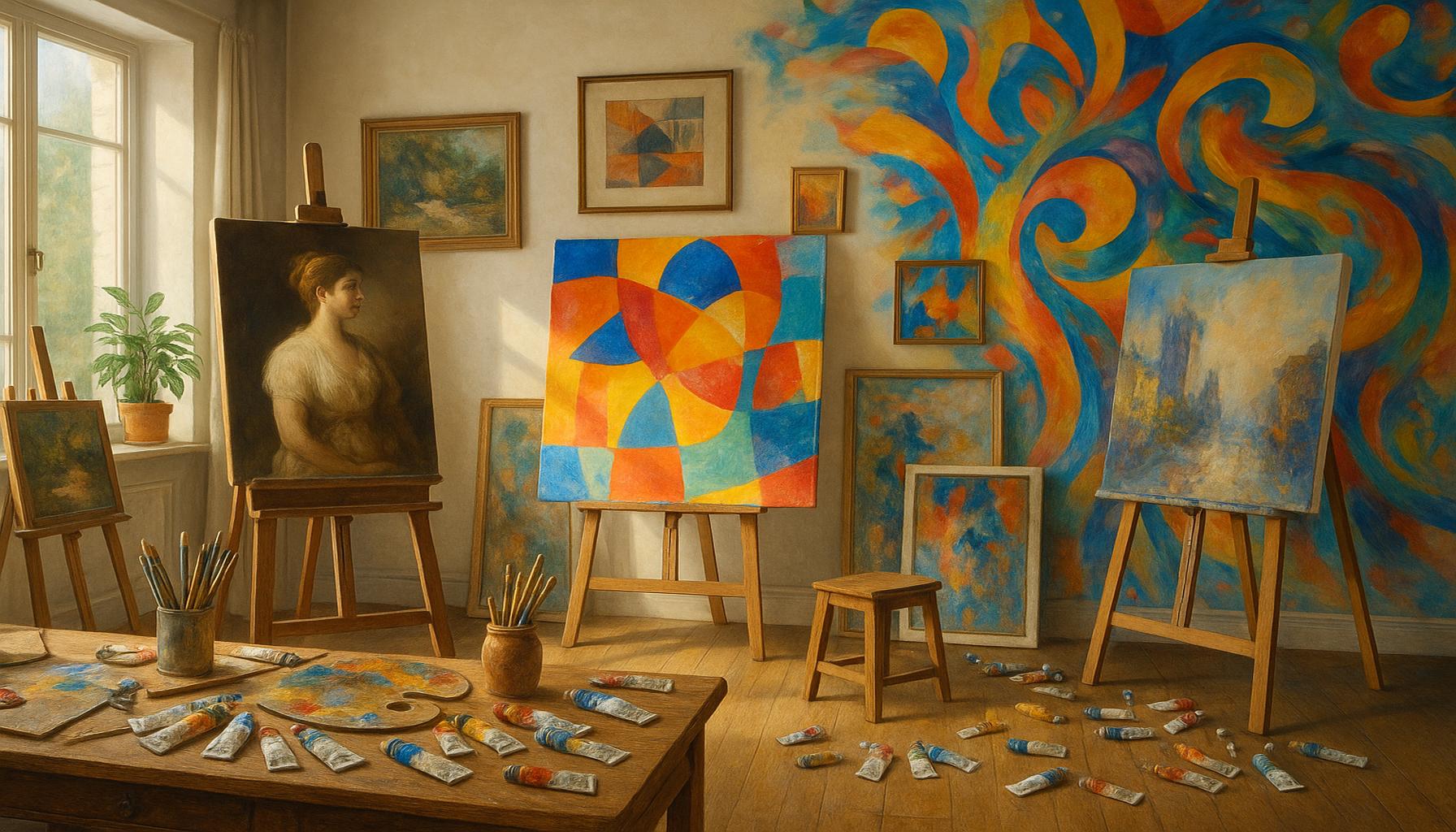
Embracing Creativity at Home
In recent years, the rise of creative hobbies has transformed the way individuals express themselves within their personal spaces. With a growing emphasis on self-expression, painting at home has evolved from a mere pastime into a powerful form of artistic expression. This shift not only makes art more accessible, but it also inspires countless individuals to fill their homes with creativity.
Why This Matters
The accessibility of home painting techniques has allowed many to explore their artistic sides without the intimidation of formal training. Moreover, it fosters a sense of community and connection as people share their creations online. Understanding these techniques can help anyone, regardless of skill level, to engage in this vibrant world of colors and creativity.
What to Expect
In this article, we will delve into the top 5 techniques that have revolutionized home painting, making it easier and more inspiring than ever. From affordable supplies to innovative methods, discover how you can create art that resonates with your personal style. Get ready to explore new horizons in home painting!
The Evolution of Home Painting Techniques: Creating Accessible and Inspiring Art
Art has been a profound form of human expression for millennia. From prehistoric cave paintings to the Renaissance masterpieces, it has continually evolved, embracing new materials and techniques. In today’s world, the convergence of tradition and innovation means that creating art at home has never been more accessible or invigorating. Let us explore five pivotal milestones in the evolution of painting techniques that are inviting artists, both novice and seasoned, to embark on creative journeys from the comfort of their own homes. From the classic to the contemporary, each technique offers a wealth of potential to transform your artistic practice.
5. The Advent of Acrylic Paints
The introduction of acrylic paints in the mid-20th century marked a sea change in visual art techniques, providing a groundbreaking alternative to oil paints. Acrylics addressed many of the limitations posed by oil paints, such as the need for pungent solvents and protracted drying times. Acrylic paints dry quickly, allowing artists to layer their work efficiently, facilitating the immediate application of additional colors or corrections.
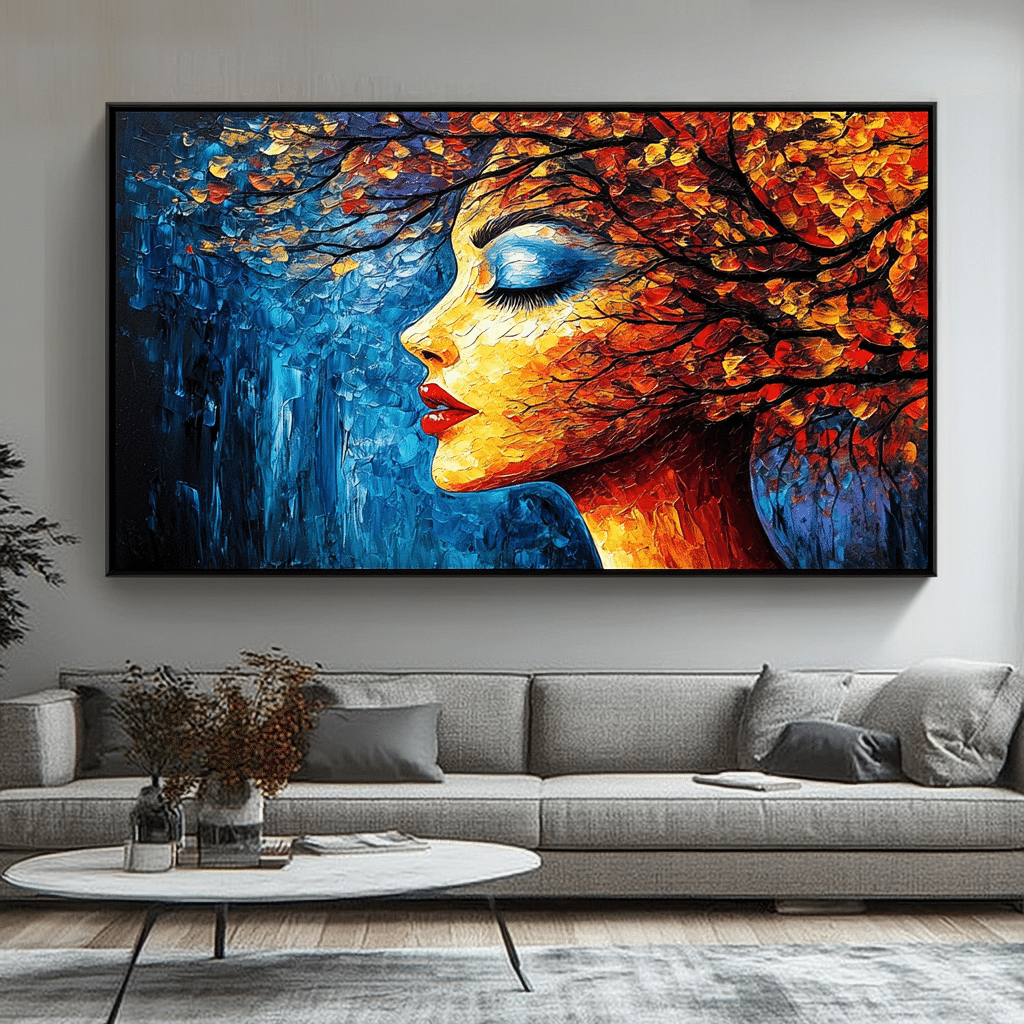
- Versatility: Acrylics accommodate a vast array of artistic styles, ranging from the intricate details of realism to the freeform allure of abstract pieces.
- Quick Drying: This property not only aids in layering but also in correcting mistakes without delay, a boon for beginners and experts alike.
- Accessibility: These paints are not only affordable but also available in various formulations, such as heavy body or fluid, to suit different artistic needs.
For home artists, acrylics demystify the painting process, providing an entry point that is approachable yet rich with creative potential. The availability of a rainbow of bright and vibrant colors allows artists to experiment freely, gaining confidence as they progress.
4. The Rise of the DIY Painting Kits
The cultural emphasis on DIY has permeated art, notably with painting kits that provide a comprehensive gateway into the world of painting. These kits are self-contained units, often including pre-stretched canvases, a range of paints, brushes, and, crucially, detailed instructions that guide artists through the creation process.
- Guided Instructions: With step-by-step guides often included, learners can tackle painting projects systematically without previous experience.
- Variety: Kits are curated for a wide array of preferences, from serene landscapes to imaginative abstracts, catering to different artistic inclinations.
- Affordability: Purchasing a kit is typically more cost-effective compared to acquiring each component separately, lowering barriers to entry.
These kits democratize artistic exploration by removing financial and expertise barriers, enabling anyone to pursue painting as a form of personal expression. Creating art in this accessible manner can often ignite a lasting passion for artistic development.
3. Digital Painting Techniques
The rise of digital painting has transformed the art landscape, providing limitless possibilities for creation and distribution. Software such as Adobe Photoshop and Procreate give artists a diverse toolkit with digital brushes, textures, and effects that can mimic traditional media or create wholly novel aesthetics.
- Unlimited Resources: Digital platforms give access to an extensive selection of tools that aid in achieving seemly any visual effect or style desired.
- Easy Revisions: The ability to undo mistakes with a click fosters an environment where experimentation comes without a cost.
- Sharing Opportunities: Social media platforms, including Instagram and DeviantArt, provide avenues for artists to display and share their work with a broad audience.
For those who find traditional mediums limiting or inconvenient, digital software offers an enticing alternative, encouraging experimentation without the fear of material wastage. Moreover, the capability to swiftly connect and share with a global audience adds a social dimension to the solitary act of creation.
2. Watercolor Renaissance
The modern revival of watercolor painting speaks to its timeless appeal and the unique qualities it possesses. Today’s advancements in watercolor materials, such as robust papers and vibrantly pigmented pans, give artists more freedom to experiment with this medium known for its delicacy and fluidity.
- Portable: The compact nature of watercolor palettes allows artists to paint wherever inspiration strikes.
- Loose and Expressive: The inherent fluidity of watercolors lends itself to expressive works that convey emotion through washes and gradients.
- Mixing Abilities: The ability to blend and layer colors results in mesmerizing transitions and ethereal effects.
Watercolors are particularly well-suited for those interested in creating soft, atmospheric landscapes or evocative abstract pieces. The spontaneity inherent in the medium often leads to unexpected and strikingly beautiful results.
1. The Impact of Online Art Communities
Perhaps the most transformative development in the world of home painting is the establishment of robust online art communities. With platforms like YouTube, Pinterest, and various art-centric forums, artists around the globe can engage in a culture of learning and sharing.
- Inspiration: Online resources abound with tutorials, how-to videos, and creative project ideas that fuel artistic ambition.
- Supportive Networks: These communities allow artists to share work, gather feedback, and foster a sense of camaraderie and encouragement.
- Learning Opportunities: Artists can access a plethora of resources that allow them to learn new techniques at their own pace, from beginner to advanced levels.
These platforms herald a new era of artistic expression, where collaboration and resource accessibility empower individuals to explore their creativity in unprecedented ways. With these tools and communities at their disposal, aspiring artists are more equipped than ever to pursue their artistic passions and innovate within their practice.
In conclusion, the evolution of home painting techniques invites everyone to partake in the joyous and fulfilling act of creation. Whether through the immediacy of acrylics, the accessibility of painting kits, the limitless nature of digital tools, or the transcendent beauty of watercolors, art is now more democratized than ever. Coupled with the impactful rise of online communities, we find ourselves at a vibrant crossroads where art truly becomes an enriching element of everyday life.
As the world of art continually evolves, contemporary painting techniques in home environments have reached unprecedented levels of accessibility and inspiration. Today’s artists, both seasoned and amateur, have access to sophisticated tools and mediums that can transform any living space into a vibrant canvas.One exciting development in home painting techniques is the emergence of eco-friendly materials. Artists are increasingly turning to non-toxic paints and sustainable supplies that reduce environmental impact while ensuring safety, particularly for homes with children and pets. These materials offer a myriad of colors and finishes, allowing for creative expression without compromising health. Additionally, water-based acrylics and natural pigments have made it easier to achieve beautiful results without the harsh fumes associated with traditional oil paints.Techniques like fluid art and pour painting have also gained traction for their simplicity and stunning effect. These methods involve pouring liquid paint onto a canvas and manipulating it to create abstract designs. The learning curve for such techniques is minimal, which means anyone can dive into the world of creating mesmerizing artworks. This aspect is particularly appealing for those searching for a therapeutic hobby that allows self-expression and mental relaxation.Moreover, the rise of digital painting tools introduces another dimension to home art creation. Tablets and software tailored for artists enable individuals to sketch, paint, and design with virtually limitless options. Whether creating for pleasure or professional purposes, artists enjoy the unique benefits of digital art, such as easy edits and the ability to experiment without the waste associated with traditional materials.Apart from the tools and mediums, the concept of collaborative painting has emerged as a beautiful way for families and friends to bond through art. Setting up a communal canvas can lead to breathtaking pieces that reflect a shared experience and emotional connection. This approach fosters creativity while producing impressive home decor that showcases the individuality of all participants.As we observe this vibrant shift in home painting techniques, it is evident that accessibility and inspiration play crucial roles. No longer confined to studios or galleries, art is now a part of the everyday home environment, inviting everyone to explore their creativity. Whether one seeks solitude in artistic endeavors or the joy of collaboration, the landscape of painting at home evolves in ways previously unimaginable, providing endless possibilities for expression and innovation.
Frequently Asked Questions: The Evolution of Home Painting Techniques
What are some of the most popular modern techniques for home painting?
In recent years, DIY painting techniques have gained popularity, allowing homeowners to personalize their spaces creatively. Some of the most trendy methods include ombre walls, where colors gradually blend from light to dark, and the use of geometric patterns that add a contemporary twist. Additionally, the use of chalkboard paint offers a functional and playful element, inviting creativity and interaction in everyday settings.
How can I make my home painting project more environmentally friendly?
To embrace a more sustainable approach, consider using eco-friendly paints that have low or zero VOCs (volatile organic compounds). These paints are safer for both the environment and your health. Furthermore, selecting paints made from natural ingredients, such as plant oils and minerals, contributes to reducing the overall environmental impact. Reusing or recycling old painting tools and materials can also play a significant role in environmental preservation.
Can beginners achieve professional-looking results with DIY painting techniques?
Absolutely! With the right preparation and techniques, even novices can create stunning outcomes. Begin by properly prepping the surface, which involves cleaning and priming walls to ensure paint adheres smoothly. Utilizing high-quality brushes and rollers can make a significant difference. Additionally, applying painter’s tape carefully helps achieve clean edges and precise lines. Don’t shy away from seeking inspiration and guidance from online tutorials or workshops to refine your skills.
What are some creative ways to incorporate personal style into home painting?
Incorporating personal style into home painting can be as subtle or bold as you desire. Choosing a signature color palette that reflects your personality is a great starting point. Consider creating a feature wall with a mural or a pattern that resonates with your interests. Moreover, incorporating texture, such as sponge techniques or layered stenciling, can add depth and uniqueness. The key is to experiment and let your personal touch shine through.
Conclusion: The Transformative Power of Home Painting Techniques
In exploring the evolution of home painting techniques, it’s evident that artistic expression has been redefined, making it more accessible and inspirational for enthusiasts. From the traditional brush and canvas to modern digital strokes, these techniques have not only democratized art creation but also empowered individuals to transform their living spaces into personal galleries. This evolution reflects a dynamic shift towards fostering creativity in everyday environments, emphasizing the significance of art in personal and spatial identity.
One of the key takeaways from our exploration is the inclusivity offered by contemporary painting methods. The rise of affordable materials and online tutorials has dismantled previous barriers, inviting a global audience to partake in this creative journey. This inclusivity has encouraged more people to experiment and innovate, galvanizing a community bound by shared passions and a mutual desire to create.
Moreover, the intersection of technology with art has provided a fresh perspective on home painting techniques. Digital tools and virtual platforms are redefining how we perceive and execute artistic endeavors, pushing the boundaries of what is possible from the comfort of our homes. This blending of the traditional with the modern invites us to view home painting not just as a hobby, but as a valuable facet of personal development and expression.
In conclusion, the evolution of painting techniques at home underscores a broader cultural movement towards creativity and self-expression. Whether through traditional means or cutting-edge innovation, the ability to create art that is both accessible and inspiring enhances not only our homes but also our lives. The journey of artistic exploration continues, encouraging us to embrace creativity without hesitation, and to make art an integral part of our daily lives.
